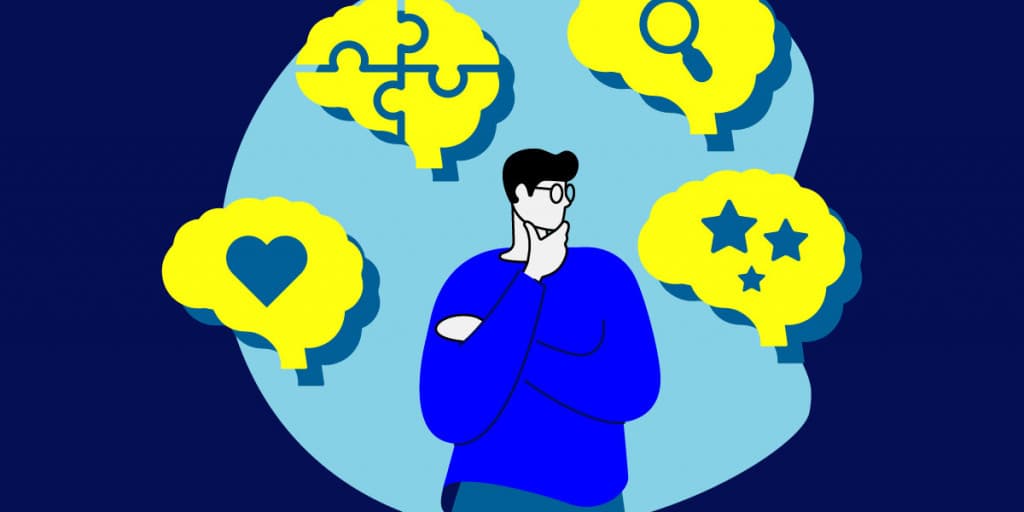
Many organisations, us included, have Curiosity as a brand value. Naturally enough, we associate it with creativity, but studies have shown fostering curiosity in the workplace will increase intrinsic motivation – essential to creating a sense of belonging in your team.
That said, I’d always considered the characteristic of curiosity as being one dimensional, working along a single sliding scale from less to more. But it turns out we shouldn’t be asking potential new team members “if you’re curious”, instead we should dive into “how are you curious?”
According to research psychologists, Todd B. Kashdan, David J. Disabato, Fallon R. Goodman & Carl Naughton, there are five distinct dimensions of curiosity, summarised in their article The Five Dimensions of Curiosity.
In the context of the workplace, these were refined to four relevant dimensions:
- Joyous Exploration: “the recognition and desire to seek out new knowledge and information, and the subsequent joy of learning and growing.”
- Deprivation Sensitivity: this dimension has a distinct emotional tone, with anxiety and tension being more prominent than joy — pondering abstract or complex ideas, trying to solve problems, and seeking to reduce gaps in knowledge.
- Stress Tolerance: this area is about the willingness to embrace the doubt, confusion, anxiety and other forms of distress that arise from exploring new, unexpected, complex, mysterious, or obscure events.
- Openness to People’s Ideas: finally, this one’s about empathy, but is more often described as wanting to know what ‘makes people tick.’ It presents as a curiosity for knowing “what other people are thinking and doing by observing, talking, or listening in to conversations.”
The prevalence of these dimensions served to predict adaptive outcomes such as job satisfaction, work engagement, healthy work relationships and innovation. High scores in these elements is critical to retaining your very best people and building a healthy culture and more productive workforce.
In turn, the researchers also created four unique profiles based on expressions of these dimensions. The result is a realisation that there are different types of curious people, rather than the almost binary notion of ‘curious or not’:
- The Fascinated: “high on all dimensions of curiosity, particularly Joyous Exploration”
- Problem Solvers: “high on Deprivation Sensitivity, medium on other dimensions”
- Empathizers: “high on Social Curiosity, medium on other dimensions”
- Avoiders: “low on all dimensions, particularly Stress Tolerance”
Depending on the nature of your business, you’ll want to hire for different and diverse types of curiosity, but look to mitigate recruiting the avoiders unless you have a very transactional role for them to fill.
It’s clear that Curiosity is so much more nuanced than we generally assume. So next time you’re interviewing a candidate or having a one-on-one with a member of your team, instead of simply trying to ascertain their level of curiosity, your business might be better served by understanding, developing and encouraging a broader practice to nurture it. Check out the work of these researchers to help deepen your practice of curiosity.
We’d love to hear how you nurture curiosity within your team. Feel free to drop us a line via hello@affinity.ad








